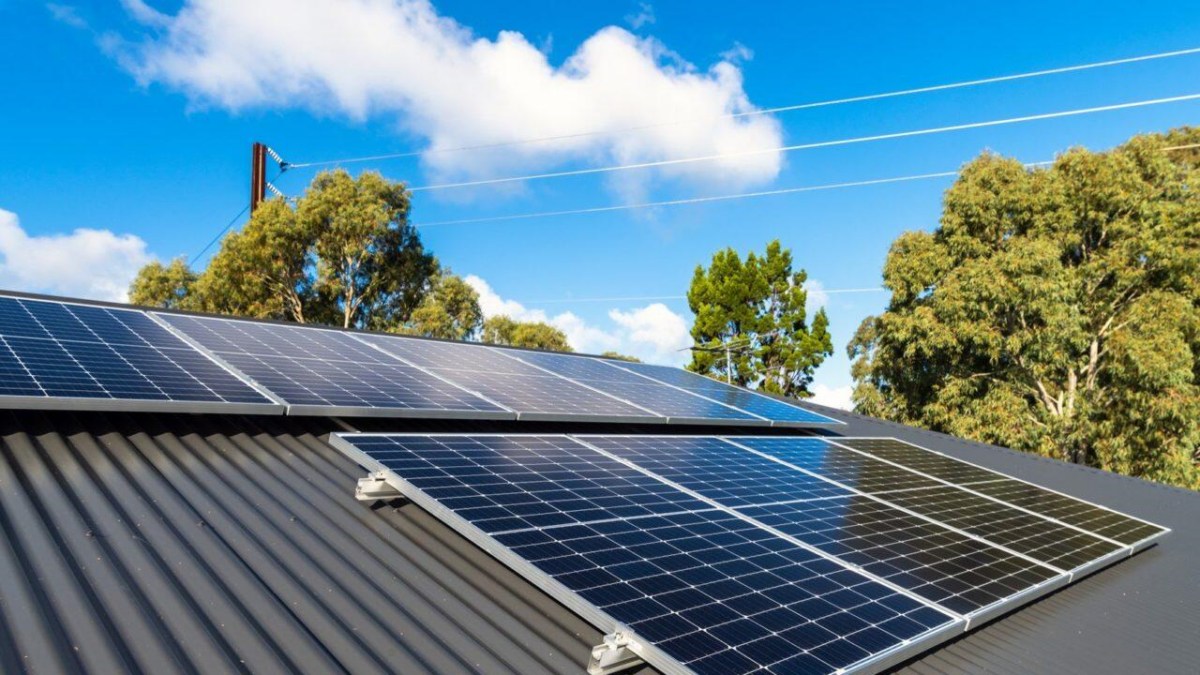If too many solar panels are connected to an inverter, it can lead to overloading of the inverter and potentially damage the system. Each inverter has a specific capacity or maximum power rating, which indicates the maximum amount of power it can handle. Exceeding this limit by connecting too many solar panels can result in various issues, including:
1. Overloading: The inverter may be overwhelmed by the excessive power input, causing it to shut down or malfunction. This can result in a temporary or permanent loss of power generation.
2. Inverter Damage: The increased electrical load can cause the inverter to heat up beyond its design specifications. This can lead to internal component failures, reducing the lifespan of the inverter or even causing irreparable damage.
3. Reduced Efficiency: When the inverter operates beyond its optimal capacity, it may not be able to convert the solar energy efficiently into usable electricity. This can result in decreased overall system performance and reduced energy yields.
4. Safety Risks: Overloading an inverter can lead to electrical issues such as short circuits, sparks, or even fires. These safety hazards can pose a risk to the system itself and the surrounding environment.

To ensure the safe and efficient operation of a solar power system, it is crucial to adhere to the manufacturer's guidelines and specifications regarding the maximum recommended number of solar panels that can be connected to the inverter. Consulting with a qualified solar installer or electrician can help determine the appropriate configuration and ensure compliance with the system's design parameters.
If you need a variety of solar bracket series products, please feel free to contact us. We will not only design a satisfactory solution for you for free, but also provide a variety of types of brackets for you to choose from. Our main products include Solar tile roof bracket, Ground Mounting System, etc.

 Xiamen TopFence Co.,Ltd.
Xiamen TopFence Co.,Ltd. No. 77, LingXia South Road, Huli District, Xiamen City, Fujian, China
No. 77, LingXia South Road, Huli District, Xiamen City, Fujian, China Tel: +8613365923720
Tel: +8613365923720
 Email: info@xmtopfence.com
Email: info@xmtopfence.com
 IPv6 network supported Sitemap
| XML
| Blog
| Privacy Policy
IPv6 network supported Sitemap
| XML
| Blog
| Privacy Policy


